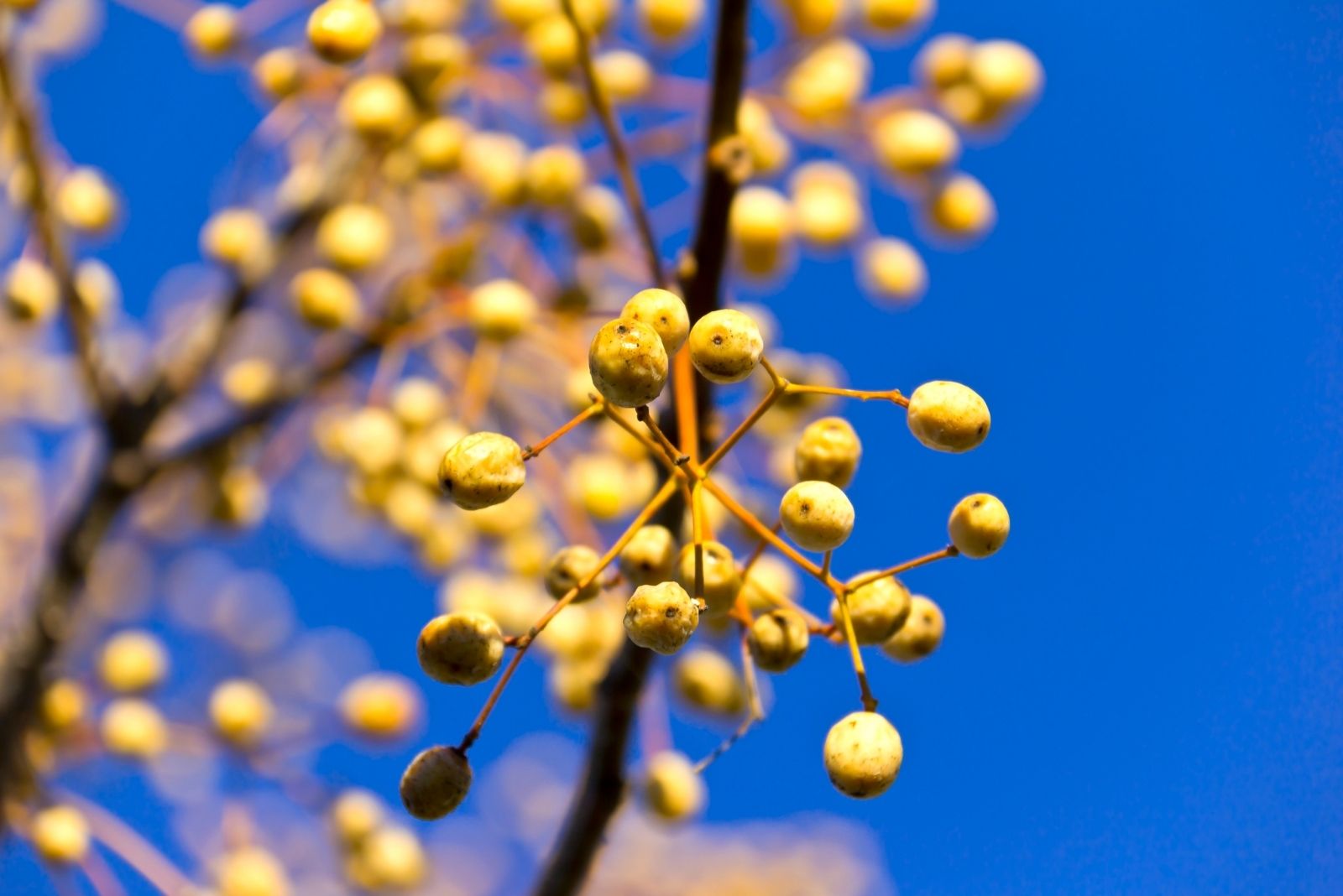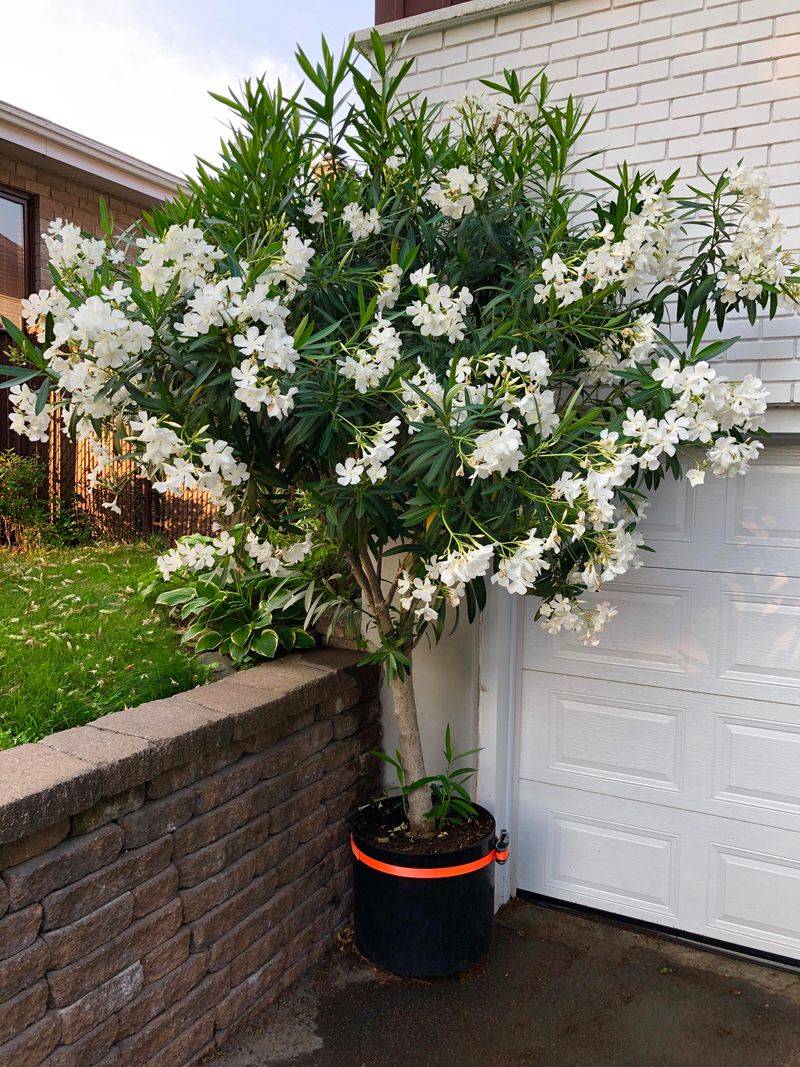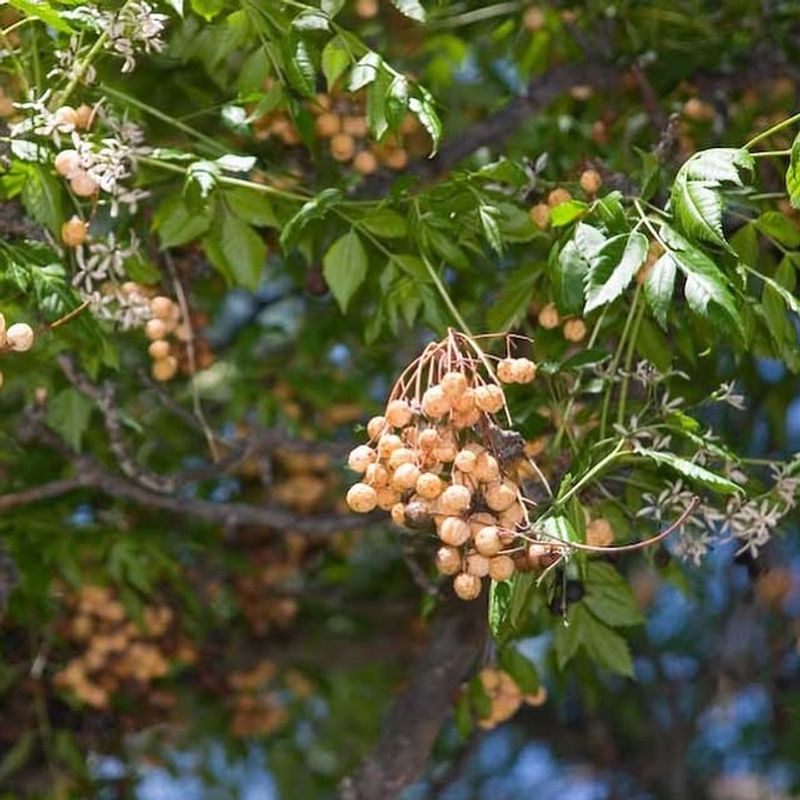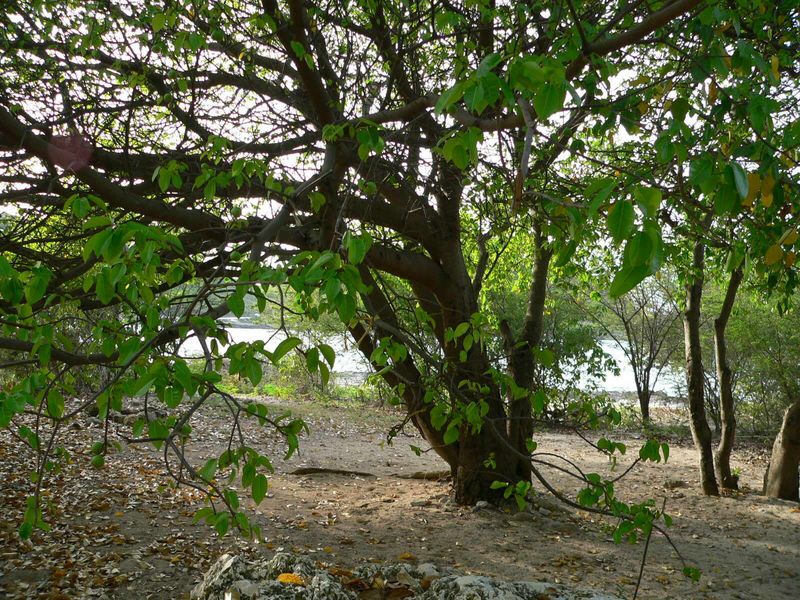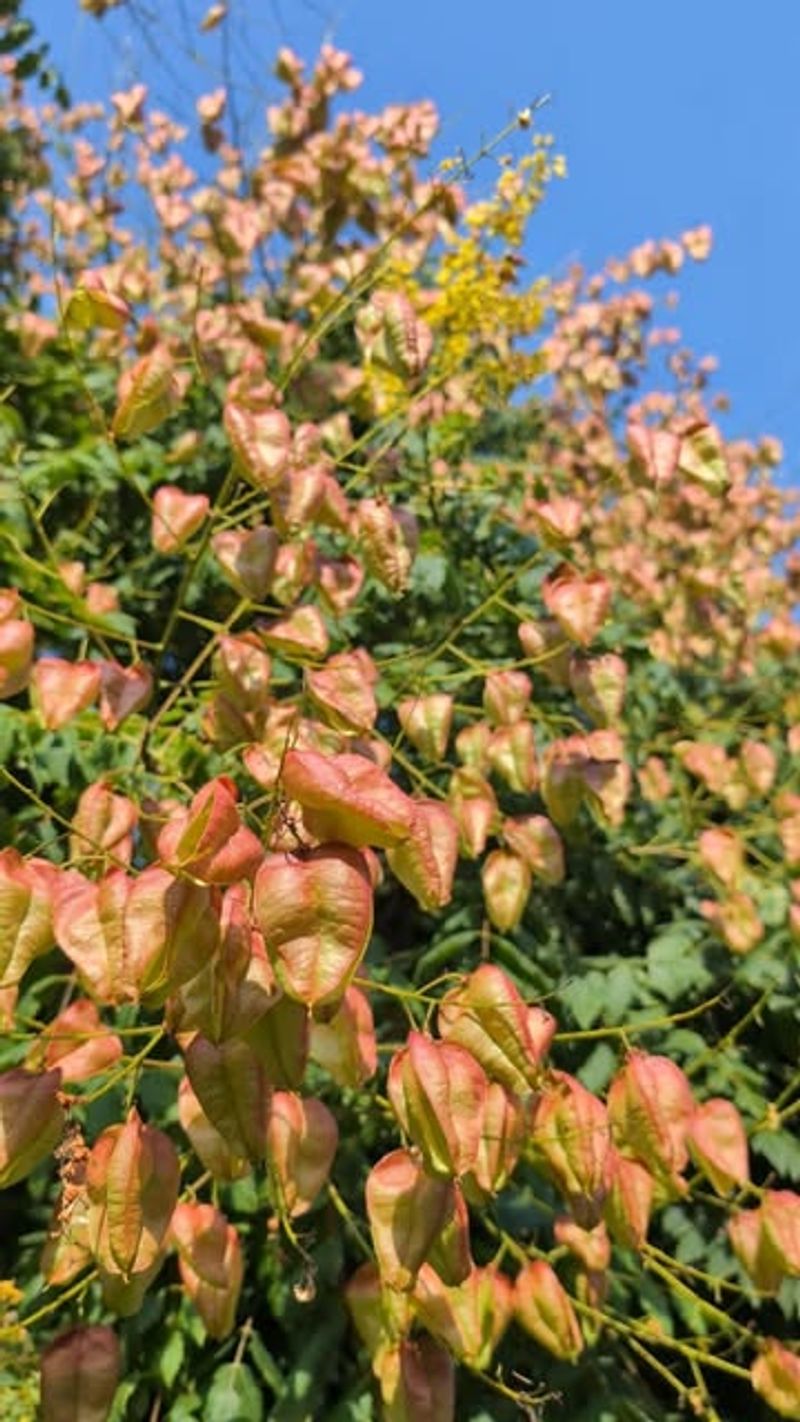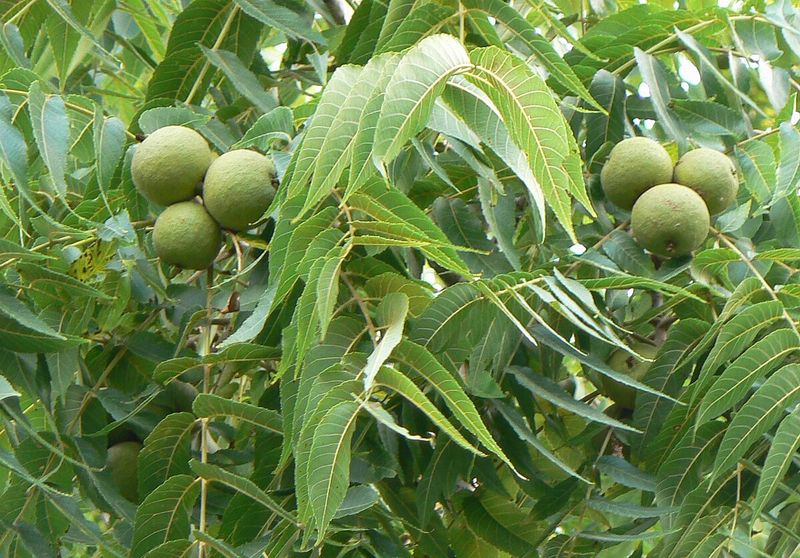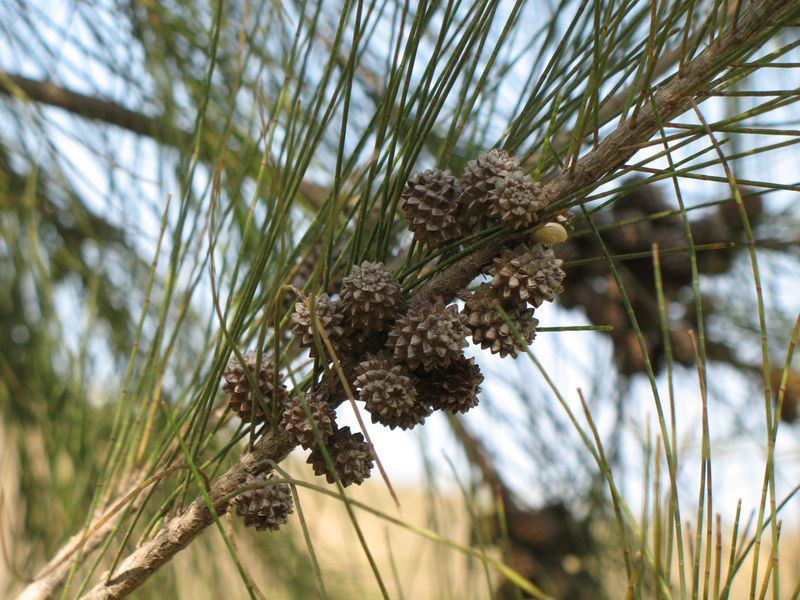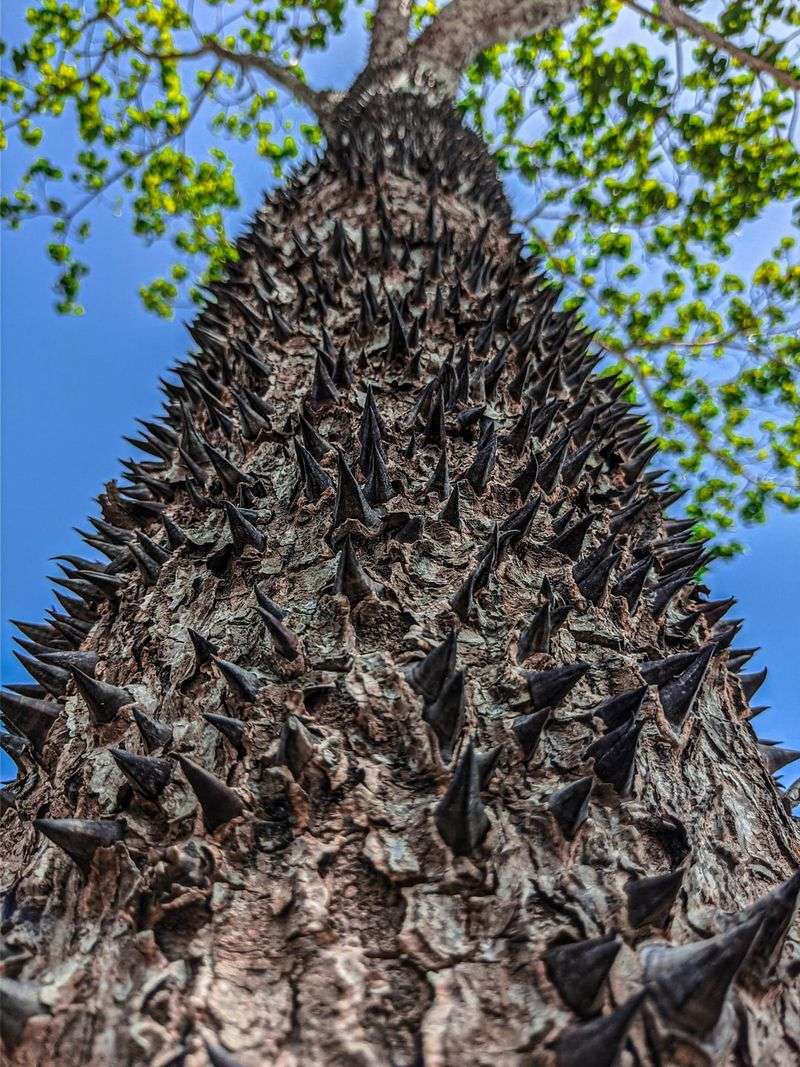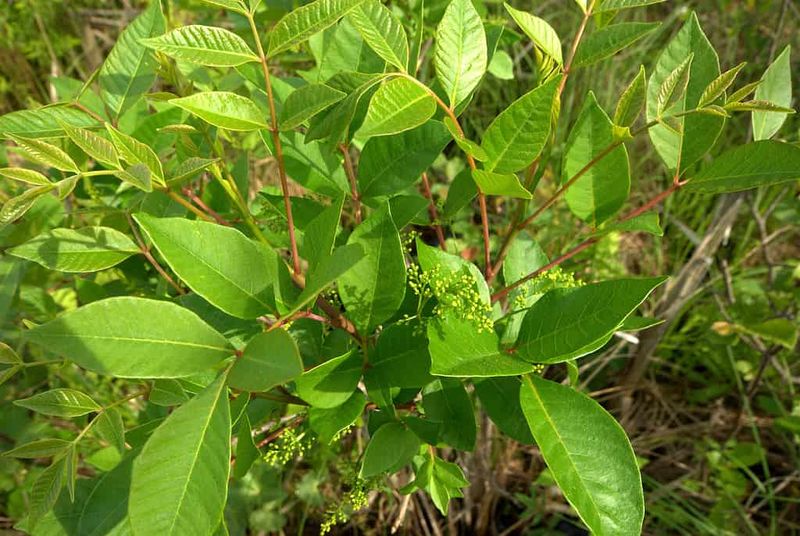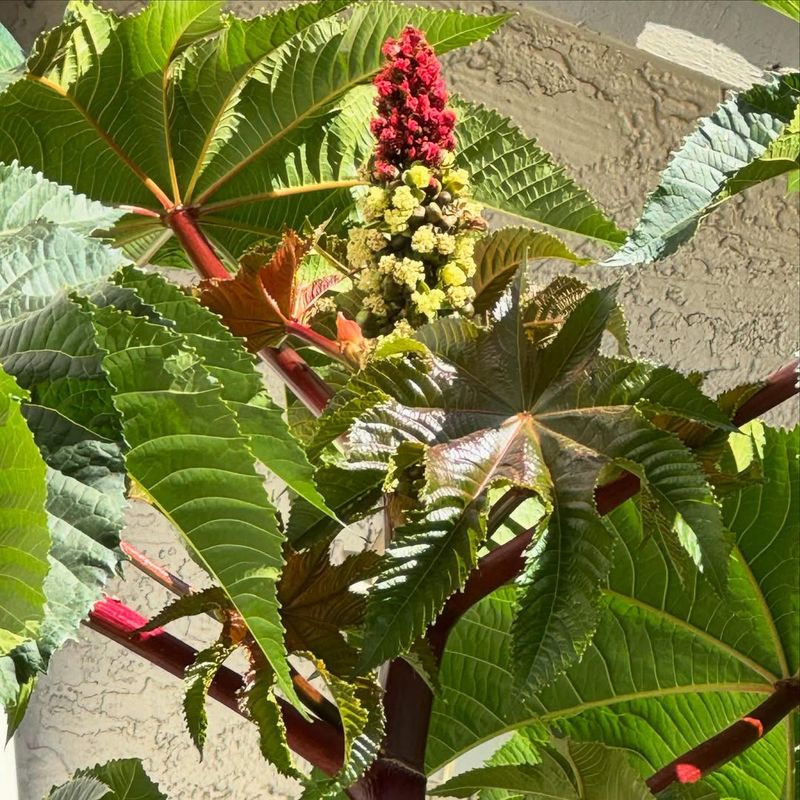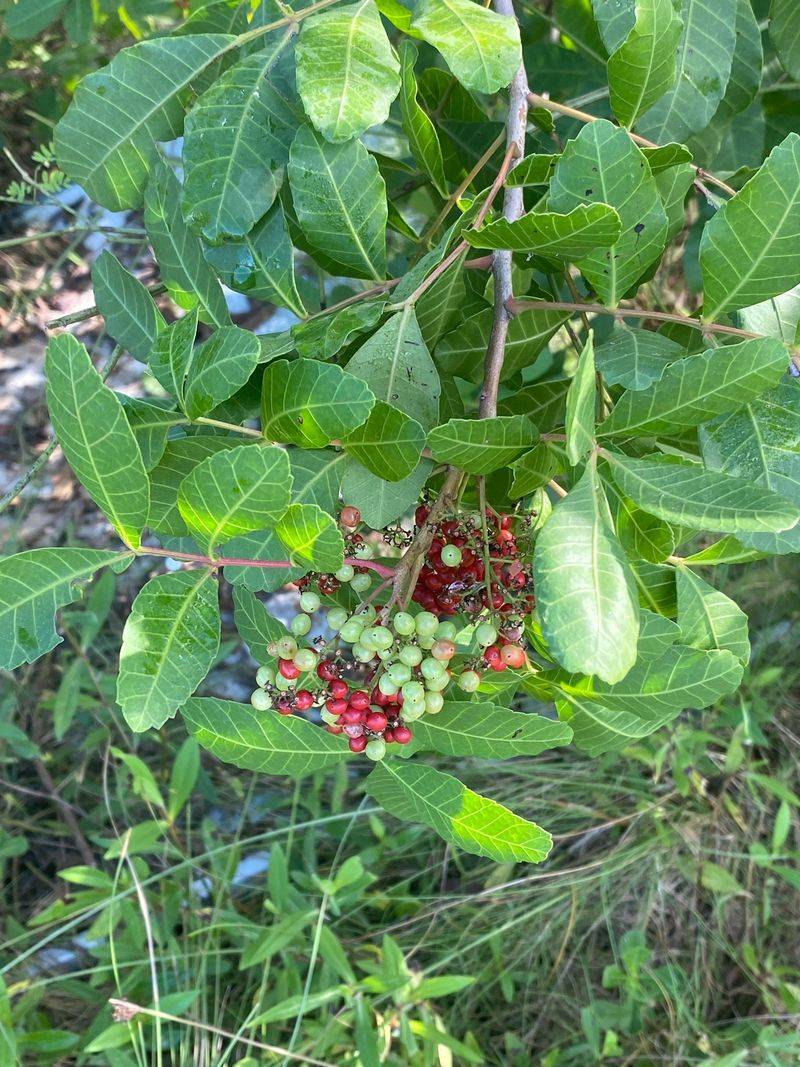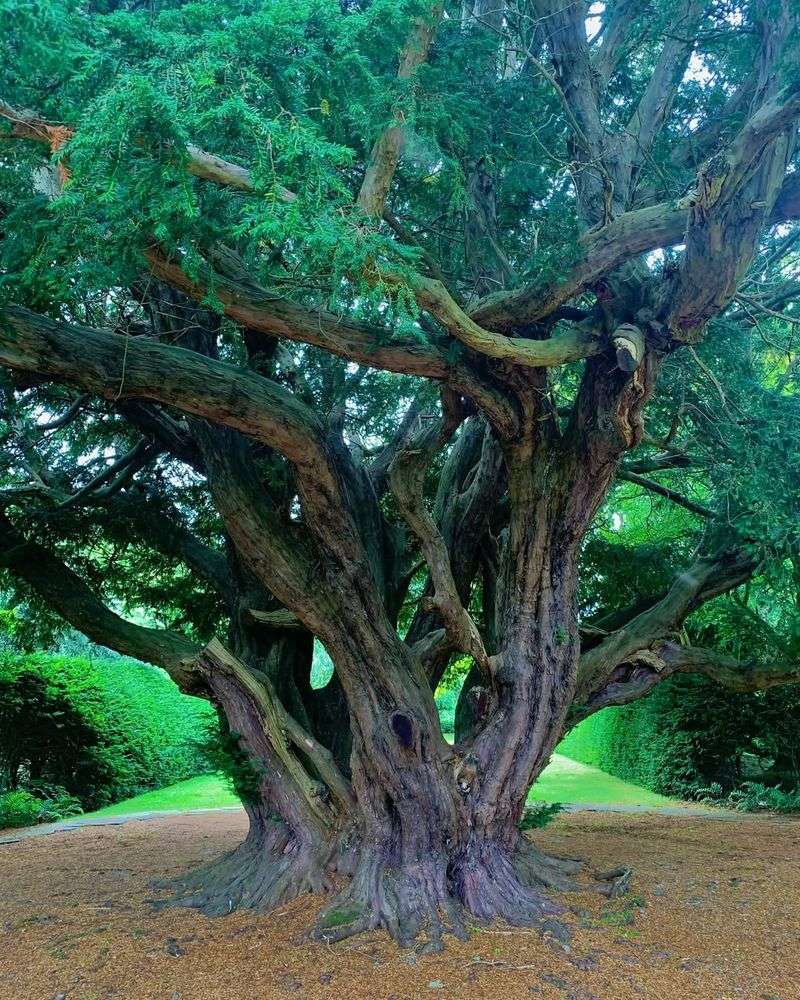Florida’s warm, humid climate welcomes an incredible variety of trees that thrive in sandy soil and intense sunshine. However, not every species belongs in a residential garden, especially when children, pets, or curious neighbors might come into contact with them.
Some trees carry hidden dangers—toxic sap, poisonous seeds, or leaves that can cause serious harm. Knowing which species to avoid helps you create a safer, healthier outdoor space for everyone who enjoys your yard.
1. Oleander’s Beautiful But Deadly Secret
Every part of this plant contains cardiac glycosides, compounds strong enough to cause heart failure in humans and animals. Even burning the branches releases toxic smoke that can irritate lungs and eyes.
Many gardeners I know made the same mistake before learning about its toxicity, planting it for privacy hedges without realizing the risk. Kids playing nearby or pets chewing on fallen leaves face serious danger.
Safer alternatives like wax myrtle or Simpson’s stopper provide similar screening without the health hazards, making them smarter choices for Florida landscapes.
2. Why You Should Think Twice About Planting A Chinaberry
Birds may spread the seeds everywhere, but those golden berries are extremely poisonous to pets and livestock. Symptoms include vomiting, seizures, and even death if ingested in large amounts.
This tree also grows aggressively, crowding out native Florida oaks and palms that support local wildlife. Its shallow roots can damage driveways and patios over time.
For me, realizing how harmful this species was changed how I planned my yard, leading me to choose native options that benefit pollinators and birds without risking anyone’s safety.
3. The Hidden Dangers Of The Manchineel Tree
Often called the most dangerous tree in the world, its milky sap causes severe skin burns and temporary blindness if it touches your eyes. Rain dripping from the branches can blister skin, and standing beneath it during a storm is genuinely hazardous.
Eating the apple-like fruit leads to intense throat swelling and digestive distress. While rare in residential areas, some coastal properties still have these trees.
If you spot one, contact local authorities for safe removal rather than attempting it yourself.
4. When Shade Comes With A Risk: The Golden Rain Tree
Those papery seed pods might look harmless, but they contain toxic compounds that sicken pets and children who taste them. Symptoms range from nausea to more serious digestive issues depending on the amount consumed.
This tree also drops a constant mess of flowers, pods, and leaves, creating extra maintenance work in humid Florida conditions. Its roots compete heavily with nearby plants, stunting the growth of your favorite citrus or hibiscus.
Native alternatives like the redbud or dahoon holly offer lovely color without the hazards.
5. Black Walnut And Its Soil-Poisoning Habit
Juglone, a chemical released by the roots and decomposing leaves, poisons many common garden plants including tomatoes, azaleas, and blueberries. This makes companion planting nearly impossible in Florida yards where space is often limited.
In my own Florida neighborhood, I once saw an entire vegetable garden fail because a black walnut stood just twenty feet away. The homeowner had no idea why nothing would grow.
Choosing pecan or hickory trees instead gives you nuts without the toxic soil effects that ruin surrounding plantings.
6. Australian Pine: Invasive And Harmful To Native Ecosystems
Despite its name, this species isn’t a true pine and has become one of Florida’s most aggressive invaders. Its dense canopy blocks sunlight, preventing native grasses and wildflowers from surviving underneath.
Shallow roots make these trees prone to toppling during hurricanes, causing property damage and blocking roads. The falling needles acidify soil, harming nearby plants that need balanced pH levels.
State regulations discourage planting them, and removal programs actively target existing stands. Native slash pines or sabal palms provide better hurricane resistance and support local wildlife.
7. Why The Sandbox Tree Doesn’t Belong In Residential Areas
Sharp spines cover the trunk, making it dangerous for children and pets who might brush against it. The seed pods explode when ripe, launching toxic seeds at high speed that can injure anyone nearby.
All parts of this tree contain toxins that cause severe skin irritation and serious illness if ingested. Its aggressive growth habit also crowds out smaller plants and shrubs.
Safer shade providers like live oaks or mahogany trees offer beauty without the explosive hazards or painful spines that make this species unsuitable for family yards.
8. The Poison Sumac Problem In Wetland Edges
Contact with leaves, stems, or roots triggers severe allergic reactions in most people, causing painful rashes and blisters that last for weeks. The oil responsible, urushiol, remains active even on dead plant material.
This species thrives in Florida’s wet areas, often appearing along property edges near ponds or drainage ditches. Pets can carry the oil on their fur, spreading it to family members indoors.
Professional removal is essential since improper handling spreads the irritant. Native buttonbush or wax myrtle work beautifully in moist spots without the allergic risks.
9. Castor Bean Plant: Deadly Seeds Hidden In Plain Sight
Just one or two seeds contain enough ricin to kill an adult, making this one of the deadliest plants you might encounter. Children are especially vulnerable since the mottled seeds look like interesting toys.
Even handling the seeds without eating them can cause skin irritation and allergic reactions. This plant grows rapidly in Florida’s heat, self-seeding aggressively throughout your yard.
Many gardeners plant it for the tropical foliage without understanding the danger. Safer large-leafed options like elephant ears or philodendrons create similar visual impact without the lethal toxins.
10. Brazilian Pepper Tree And Its Allergic Reactions
Related to poison ivy, this invasive species causes skin rashes and respiratory problems in sensitive individuals. The sap and crushed leaves release irritating oils that affect many people who try to prune or remove it.
Birds spread the seeds rapidly, allowing it to overtake native vegetation and form dense thickets. Florida law prohibits planting or transporting this species due to its environmental damage.
Removal often requires professional help since improper handling worsens allergic reactions. Native beautyberry or firebush provide similar berry displays for wildlife without the health risks or invasive tendencies.
11. Yew Trees And Their Deceptively Dangerous Needles
Nearly every part contains taxine alkaloids, compounds that affect heart function and can cause sudden death without warning. Pets, especially horses and dogs, are highly susceptible even to small amounts.
The fleshy red berries might attract curious children, though the seed inside is the most toxic part. Yews don’t thrive in Florida’s heat anyway, making them a poor choice both for safety and practicality.
Native coontie or saw palmetto offer similar evergreen structure without the deadly toxins, adapting perfectly to sandy soil and humid conditions while supporting local butterflies and birds.

